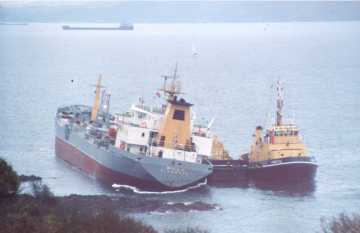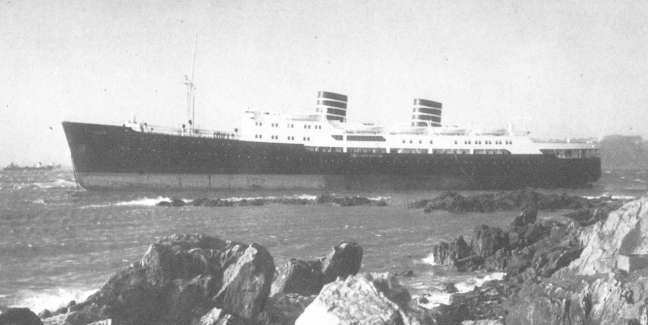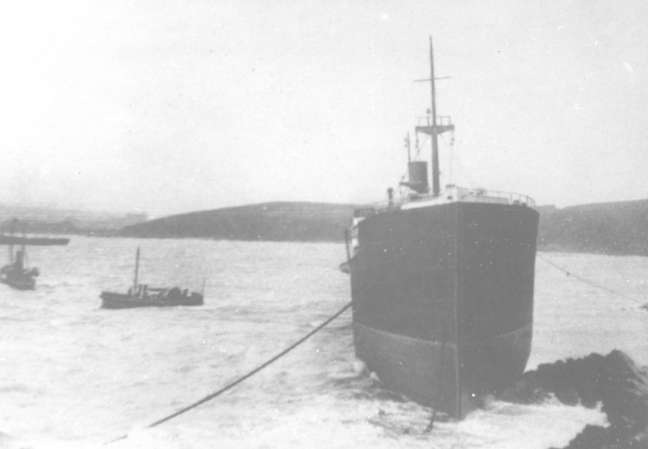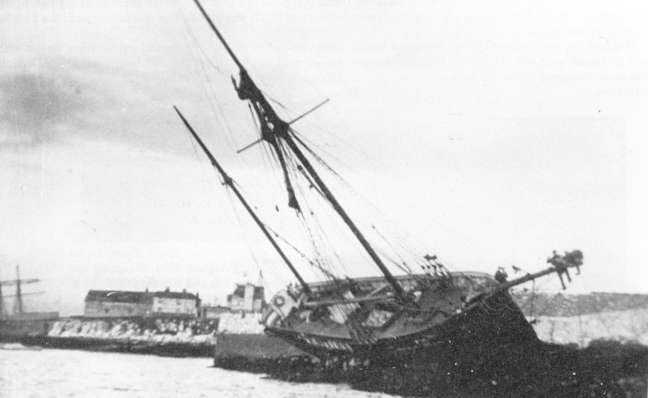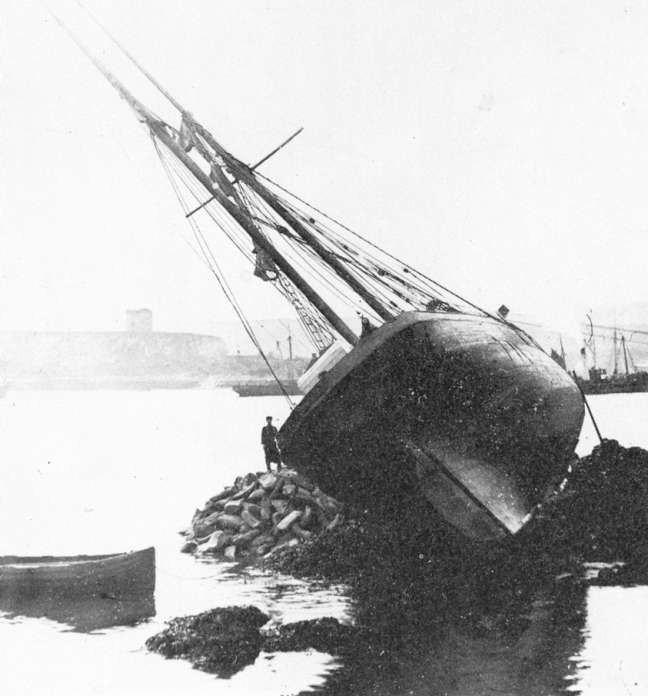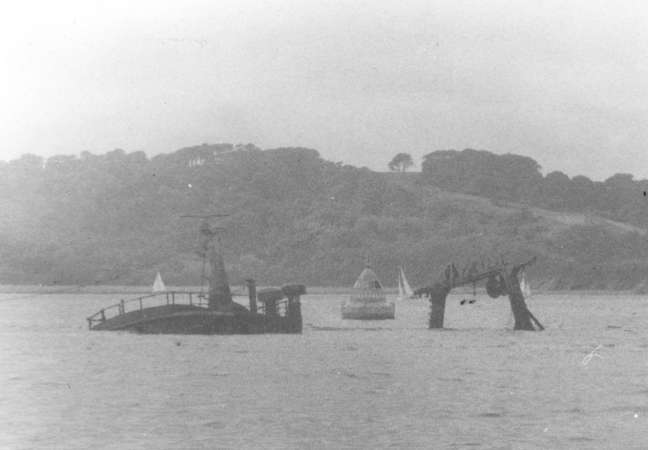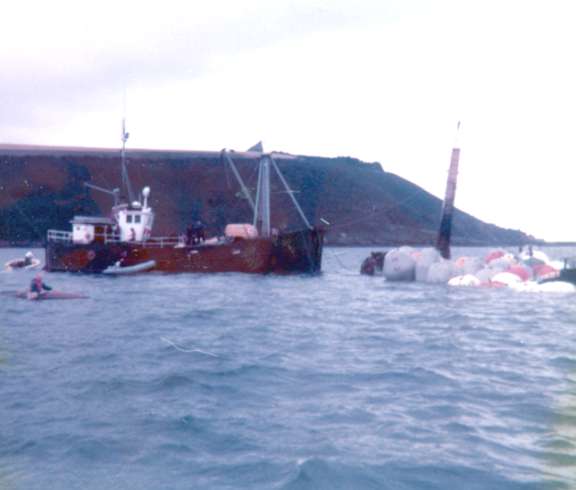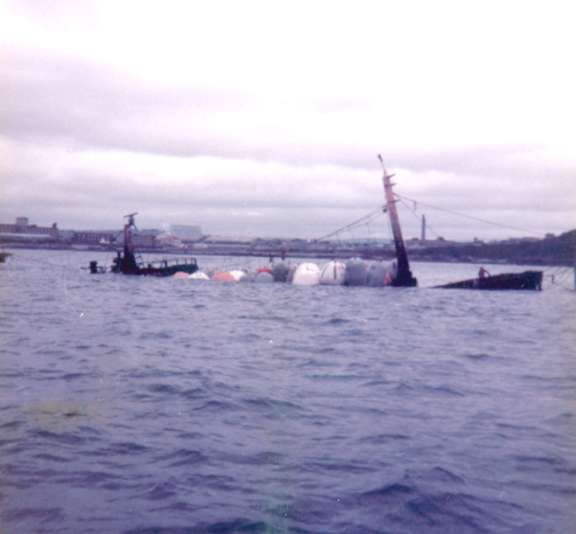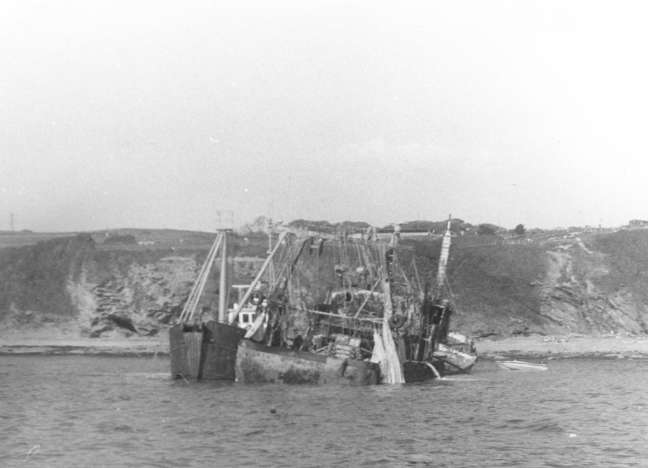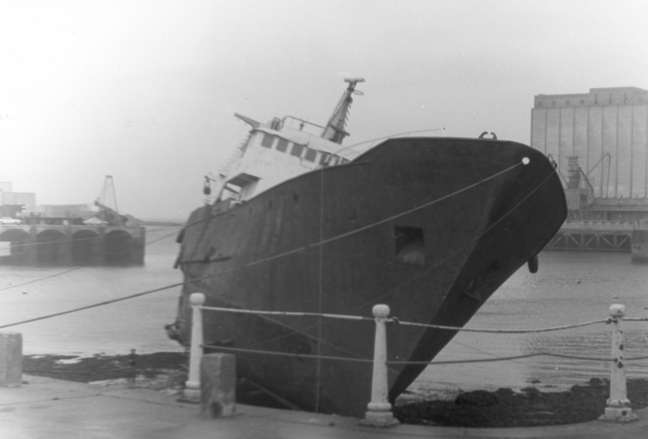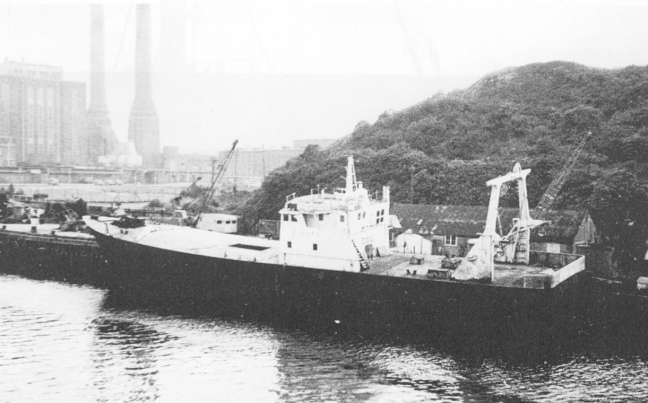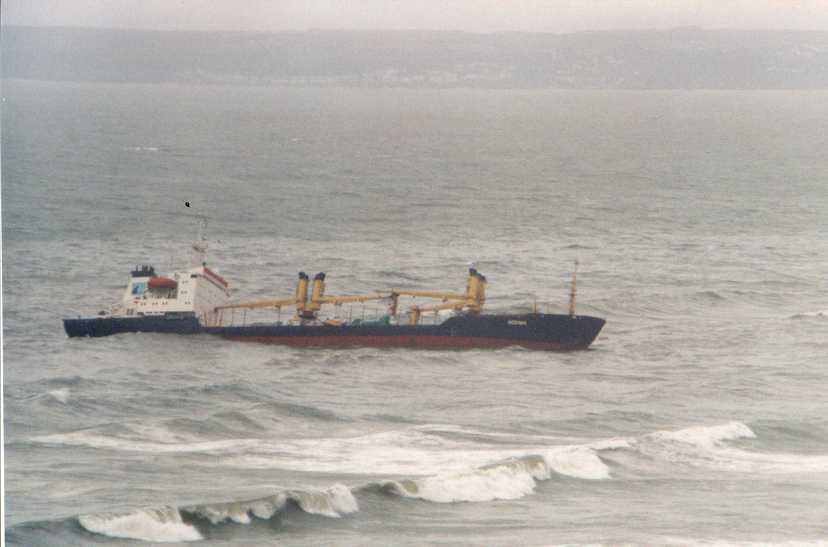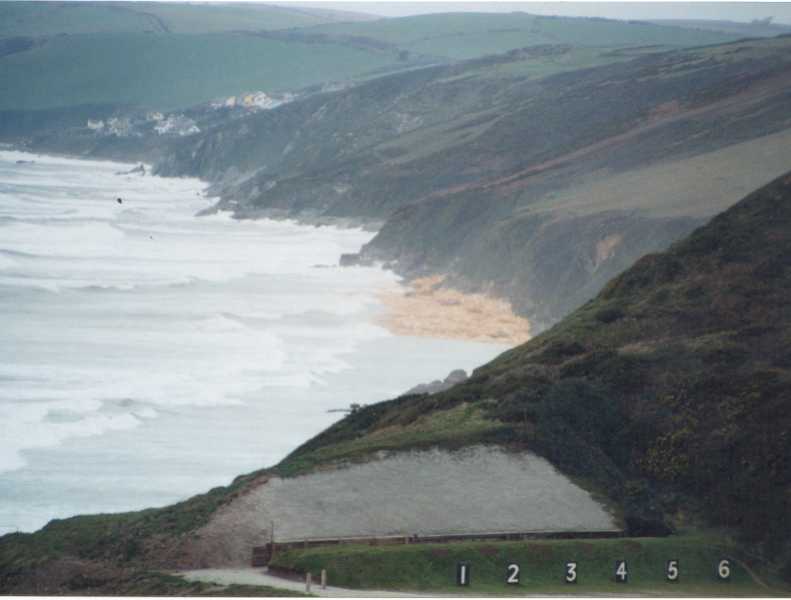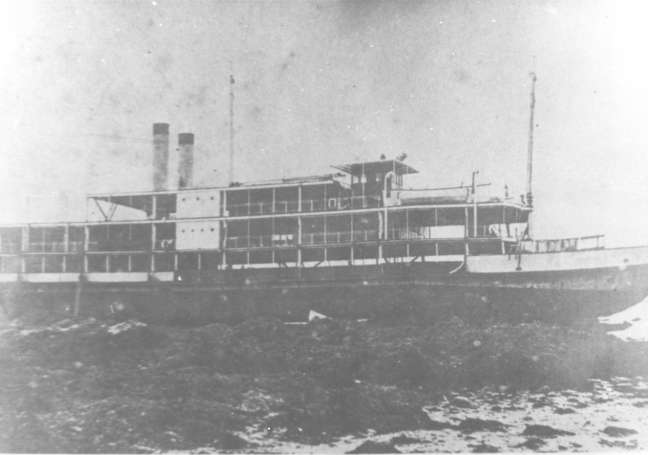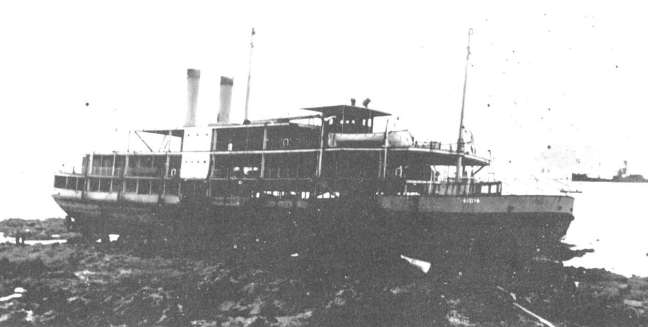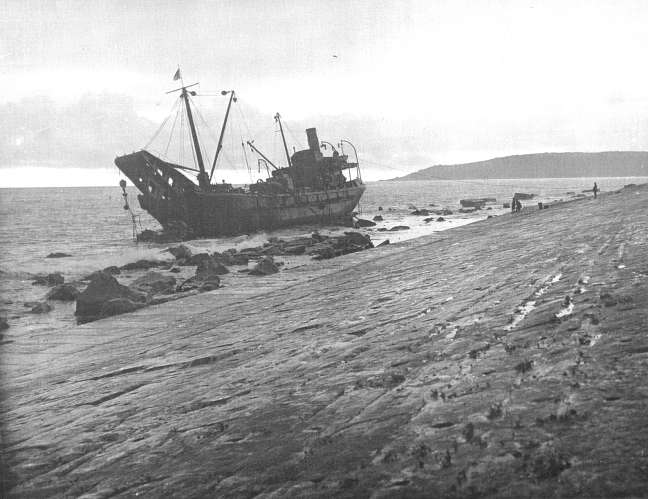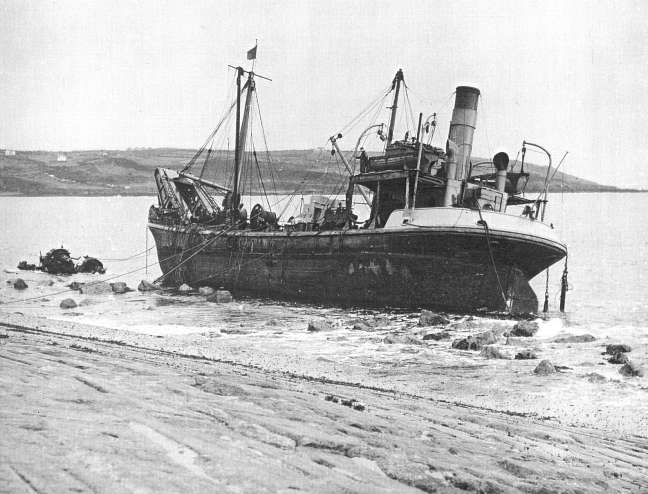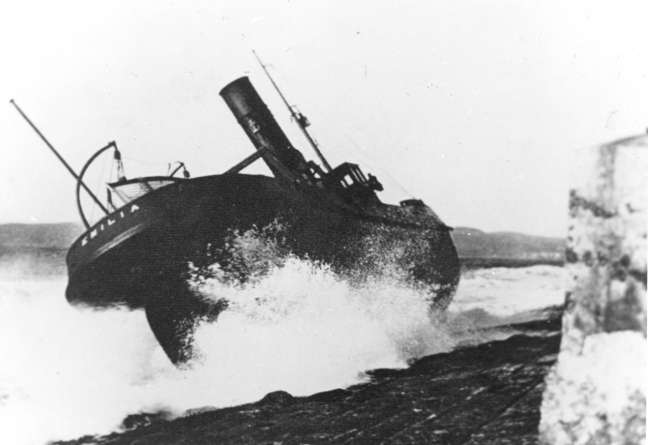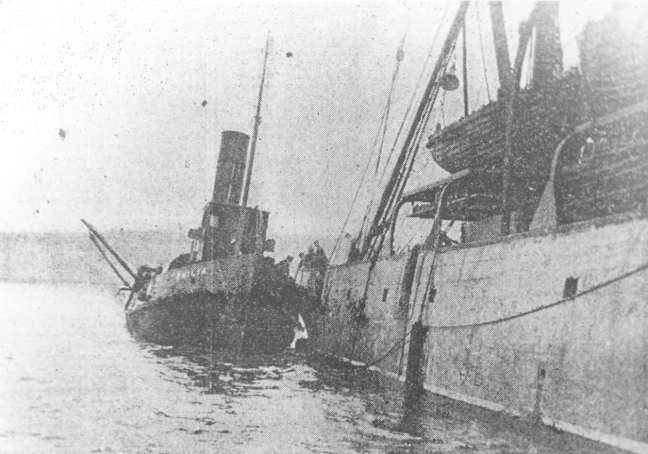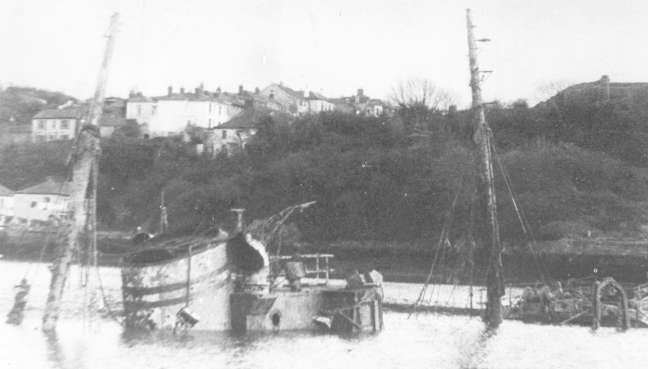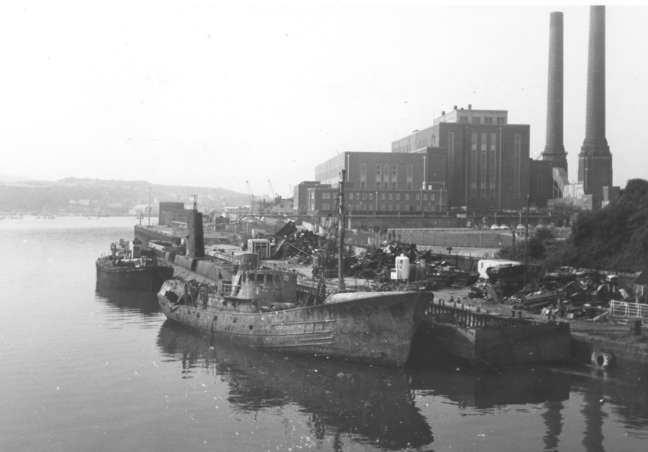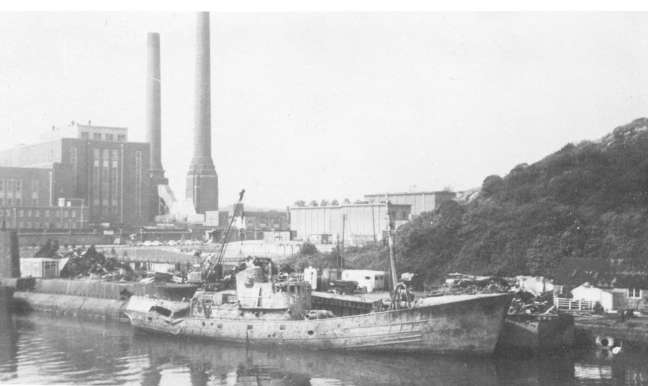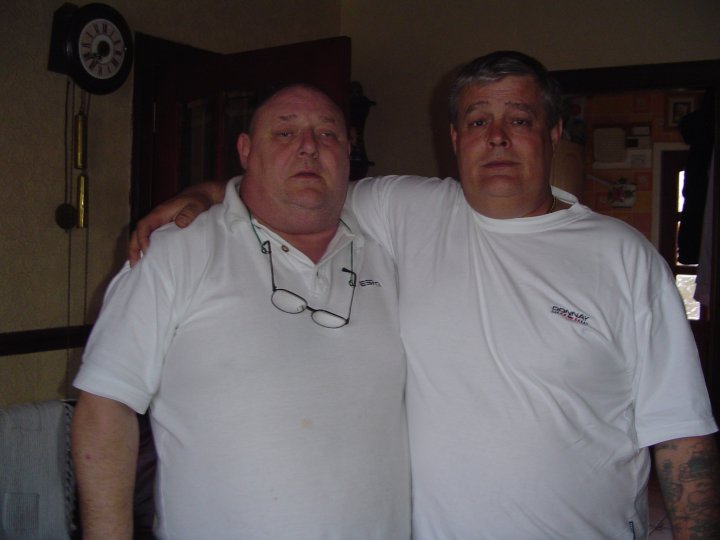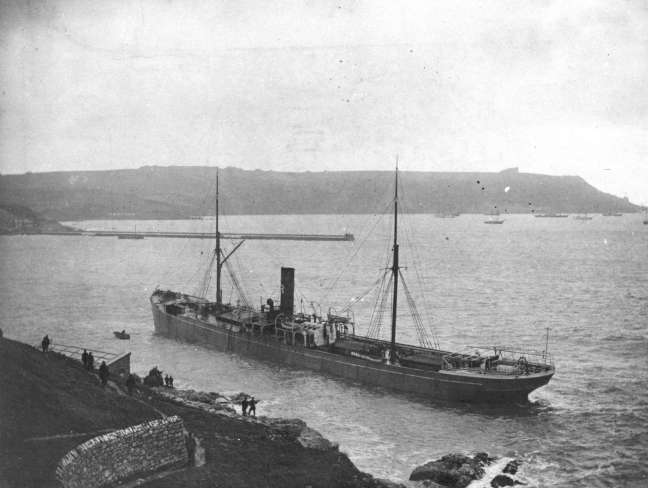The sea is a hard taskmaster, and once it gets a ship into its clutches it rarely lets go. Over the years, hundreds of ships have been lost around the Plymouth coast, and although their cargoes have often been salvaged only a few of the vessels ever get saved. However some vessels do get lucky, and perhaps the easiest ships to save are those that have been stranded, or run aground.
A ship that has completely sunk presents a more difficult problem, and unless there are really good reasons for salvaging her, financial constraints often mean that the vessel stays on the bottom. The costs of these sorts of operations escalate very quickly and often the salvor, although successful, finds that he cannot make a profit. Still there is always someone who thinks that they can succeed where others have failed, and in recent years there have been some vessels that have illustrated these problems rather well, and given the armchair salvage experts amongst us the opportunity of seeing how it’s really done.

